Introduction
You: People are made of muscles, bones, and organs.
Child: What are the organs made of?
You: Organs are made of cells.
Child: What are cells made of?
You: Cells are made of organelles.
Child: What are organelles made of?
You: Organelles are made of proteins.
Child: What are proteins made of?
You: Proteins are made of amino acids.
Child: What are amino acids made of?
You: Amino acids are made of atoms.
Child: What are atoms made of?
You: Atoms are made of protons, neutron, and electrons.
Child: What are electrons made of?
You: Electrons are made from the electron field.
Child: What is the electron field made of?*

The session would end here. It ends because as of now, science can only say that the universe is made from fields and nothing else. These fields are not made from any smaller components. These fields operate by obeying certain rules. The rules are known as the quantum rules. According to quantum theory, quantum is the smallest discrete quantity of some physical property that a system can possess. It is surrounded by a field. The field is the quantum field. The field cannot be separated from the particle (quantum). Everything that we can know comes out of the quantum field.
The Ancient Eastern Philosophy
Dependent Origination
The Original Nature of Phenomena
Everything is ‘Sunyata’
Conclusion
I conclude by reproducing the quote with which I started (which the reader might be able to better appreciate in the light of the discussions above):
“This whole universe is Brahman.
In Tranquility, let one worship It,
As that from which he came forth,
As that into which he will be dissolved,
As that in which he breathes”
—————

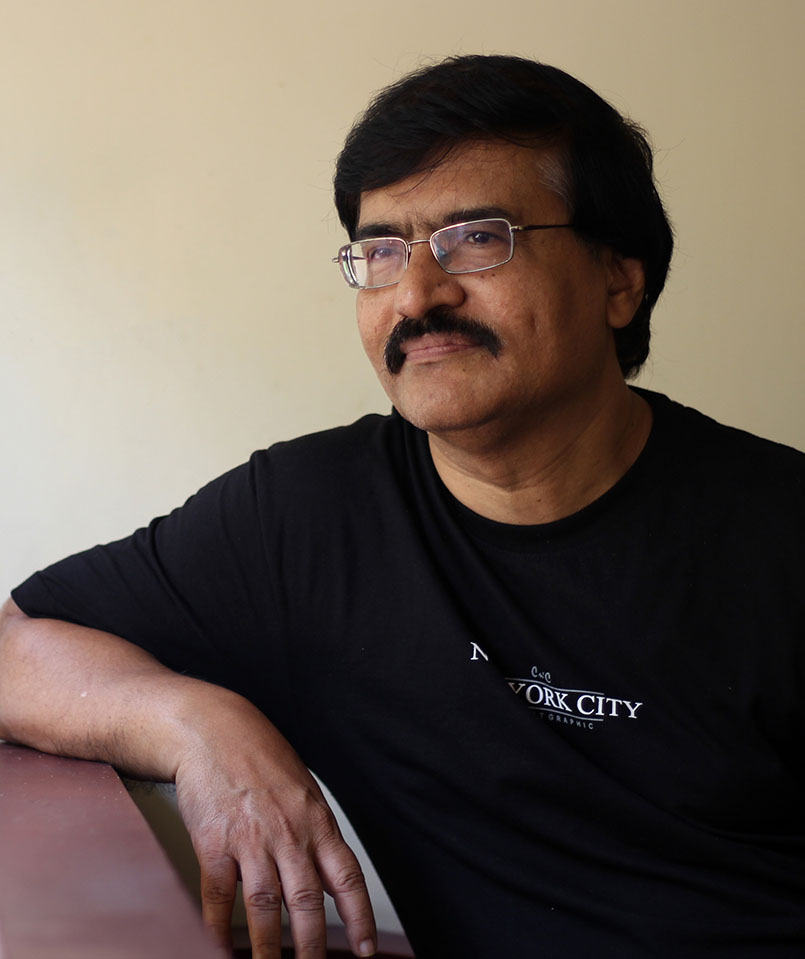
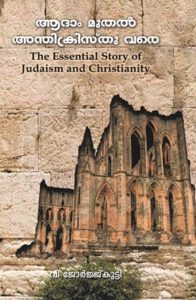
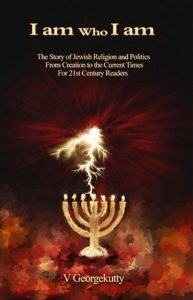
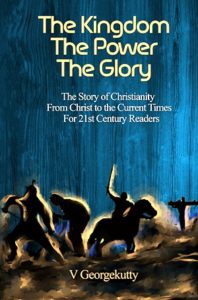
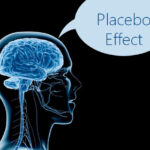


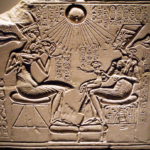
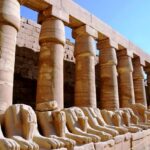
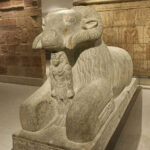

god created everything out of sunyatha .ie something was preexisting.In course of time it was named as quantom theory.Nice thoughts.
@Saramma Thomas
Thanks for your comment. Everyone understands god in his/her own way. I believe that NO religious dogma can define god. Since each individual is unique he/she finds his own god irrespective of the religious faith to which the person is formally attached.
Regards,
VGKutty